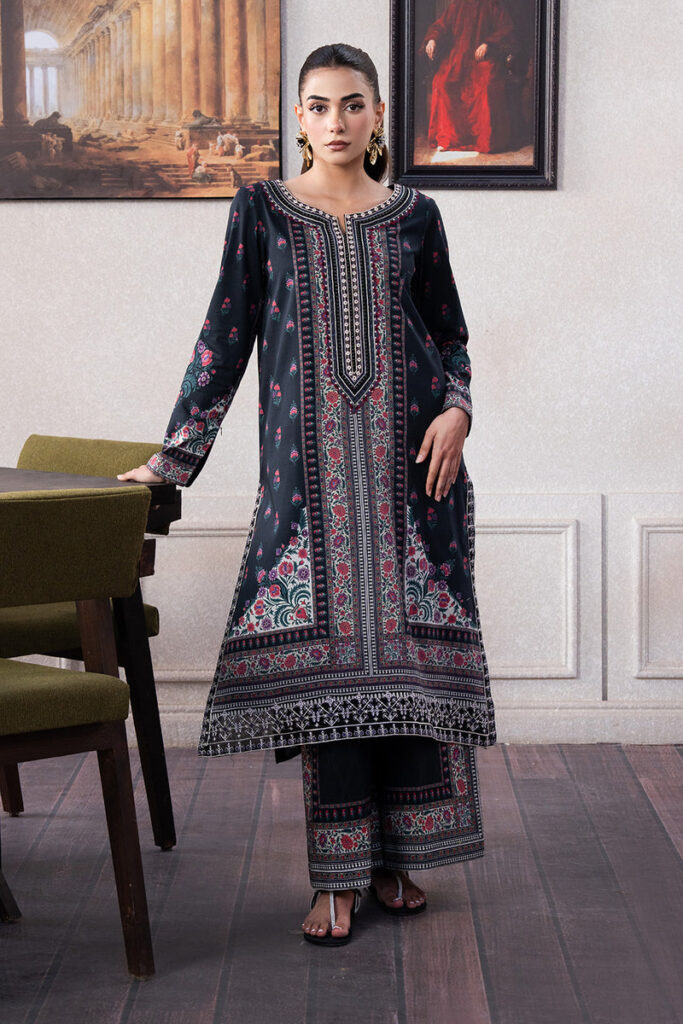Introduction to Comme Des Garçons
In the ever-evolving world of fashion, few names have made as indelible an impact as Comme Des Garçons. Founded in Tokyo in 1969, this avant-garde brand has consistently pushed the boundaries of fashion, offering not only clothing but a philosophy that challenges the very essence of style and self-expression. Known for its rebellious and experimental designs, Comme Des Garçons has become a pillar of high fashion, constantly shaping and reshaping the global landscape of style. https://commedesgarconscom.com/ With its flagship store in Tokyo and a strong presence in key fashion cities around the world, the brand has cultivated an international following that reveres its boldness, originality, and dedication to innovation.
The Founder: Rei Kawakubo
At the heart of Comme Des Garçons’ success lies its visionary founder, Rei Kawakubo. Born in Tokyo in 1942, Kawakubo initially studied art and literature before embarking on a career in fashion. She founded Comme Des Garçons with a clear vision: to redefine and deconstruct fashion norms, creating pieces that challenge conventional aesthetics. Kawakubo’s designs are often characterized by their avant-garde shapes, asymmetric cuts, and an almost deconstructed approach to garment construction. This unique design language has become her signature, earning her recognition as one of the most influential figures in the fashion industry. Rei Kawakubo’s ability to merge art with fashion and challenge mainstream beauty standards has made her a trailblazer who continually inspires both young designers and fashion veterans alike.
The Aesthetic Evolution of Comme Des Garçons
Comme Des Garçons’ aesthetic has evolved dramatically over the decades, but its core philosophy remains steadfast: to challenge the norms of fashion and express individuality through clothing. In the early 1980s, Kawakubo introduced a “grunge” aesthetic, characterized by oversized, asymmetrical silhouettes, raw edges, and garments that appeared unfinished or deconstructed. This was a radical departure from the fashion standards of the time, which emphasized form-fitting, polished, and often uniform designs. Instead, Comme Des Garçons embraced a more chaotic and expressive approach to fashion, where the design itself became a statement of resistance.
Throughout the 1990s and into the 2000s, the brand continued to experiment, moving from extreme deconstruction to more conceptual designs. Themes of gender fluidity, androgyny, and nonconformity were often explored, with garments that blurred the lines between men’s and women’s wear. Kawakubo’s work has never been constrained by trends or seasons; instead, she creates collections that question societal expectations, often using fashion as a form of social commentary. This ever-evolving aesthetic has earned Comme Des Garçons a cult following, with fashion lovers eager to embrace the brand’s philosophy of freedom, rebellion, and expression.
Comme Des Garçons’ Impact on Fashion
The influence of Comme Des Garçons on the fashion industry is immeasurable. Rei Kawakubo’s willingness to challenge the status quo has paved the way for countless designers who are now able to embrace a broader definition of beauty and style. The brand has introduced an intellectual element to fashion, encouraging consumers to view clothing not only as a commodity but as a form of personal and artistic expression. In addition to this philosophical shift, Comme Des Garçons’ designs have disrupted traditional fashion categories, breaking down the rigid lines between couture, ready-to-wear, and streetwear. This ability to blur the boundaries between high fashion and everyday clothing has set the brand apart as a visionary force.
Moreover, Comme Des Garçons’ collaborations with other brands, such as Nike, Converse, and Louis Vuitton, have expanded its reach and appeal, drawing new audiences while maintaining its avant-garde ethos. These collaborations blend the accessibility of mass-market fashion with the high-art sensibilities of Kawakubo’s designs, making Comme Des Garçons a key player in both luxury and streetwear realms.
Sustainability at Comme Des Garçons
In recent years, sustainability has become a key consideration in the fashion world, and Comme Des Garçons is no exception. While the brand is not typically associated with the eco-conscious movement, Kawakubo’s approach to sustainability is inherently tied to her design philosophy. By focusing on longevity through timeless and unique designs, Comme Des Garçons promotes an ethos of buying less but choosing more carefully. Comme Des Garcons Converse The brand has emphasized craftsmanship and quality, encouraging consumers to invest in pieces that are both durable and lasting. Furthermore, Comme Des Garçons has explored sustainable fabrics and production methods in recent years, aligning with the growing demand for eco-friendly practices in fashion.
Although the brand has yet to fully embrace mainstream sustainability certifications, its commitment to original and timeless design, which resists the fast-paced cycles of seasonal trends, suggests that sustainability is an integral part of the brand’s long-term vision.
Conclusion
Comme Des Garçons stands as a beacon of innovation, creativity, and individualism in the fashion world. Under the guidance of Rei Kawakubo, the brand has continually redefined the boundaries of fashion, challenging societal norms and encouraging self-expression through clothing. With its revolutionary designs, uncompromising philosophy, and forward-thinking approach to sustainability, Comme Des Garçons is more than just a fashion label—it’s a movement that has shaped and will continue to shape the future of the fashion industry. Whether through its boundary-pushing collections or its collaborations, Comme Des Garçons remains a vital force in the world of fashion, urging us all to rethink what clothing can represent in a rapidly changing world.









